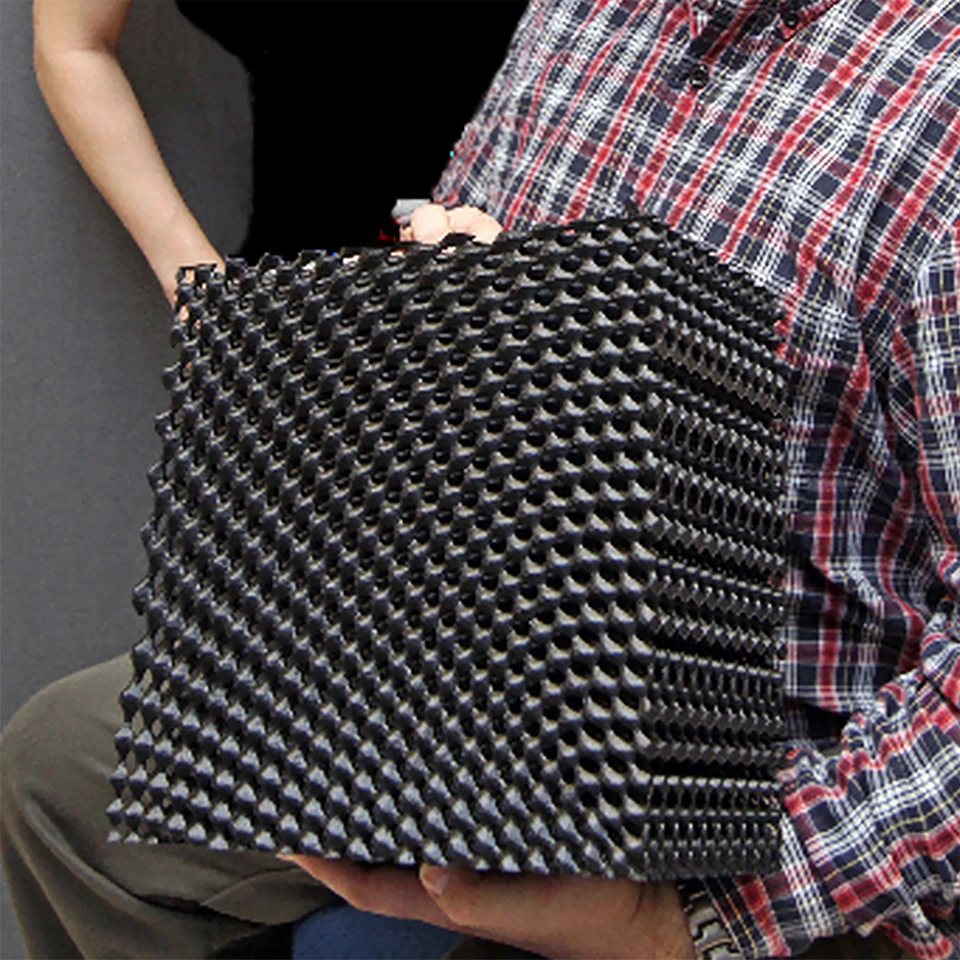A team of researchers from the University of Texas El Paso (UTEP) and the University of Central Florida (UCF) has created a new device that allows for the steering of light around sharper corners than ever before. The device is tiny, constructed from an inexpensive material, and could one day become an integral part of computer hardware.
While the ongoing increase in computer processing power continues its inevitable forward march, researchers believe that a better harnessing of light beams may lead to much faster computing than current methods allow, with data transfer speeds up to 1,000 times that of conventional, electricity-carrying copper wires.
Swapping electrical data transmission for light would result in much faster computing, but for the sake of viability, the light beams need to be able to make the same sharp turns as those made by wires on a circuit board. Conventional light waveguides, such as hollow metal pipes or optical fibers, are only able to steer light around gradual turns, with the beams losing energy if the angle is too sharp.

The team's solution for the problem is a honeycomb-like plastic device with a complex geometrical "bending" lattice structure that guides light through turns. Providing that the individual unit cells of the lattice are uniform in both size and shape, light is able flow around corners twice as tight as previous methods would allow – at angles of up to 90 degrees.
The material used to create the light-controller lattice is inexpensive – a simple epoxy plastic – making it viable for widespread use.
The two universities handled different stages of the development process, with UTEP engineers theorizing and designing the invention, while the UCF researchers were responsible for its construction via a nanoscale 3D printer, and the subsequent measuring of its performance.
"The name of the game is being able to control these light waves," said researcher Javier Pazos, PhD. "We were able to do just that, with unprecedented success."
The researchers believe that the device, which is smaller than a bee's stinger, will appear first in high-performance supercomputers.






